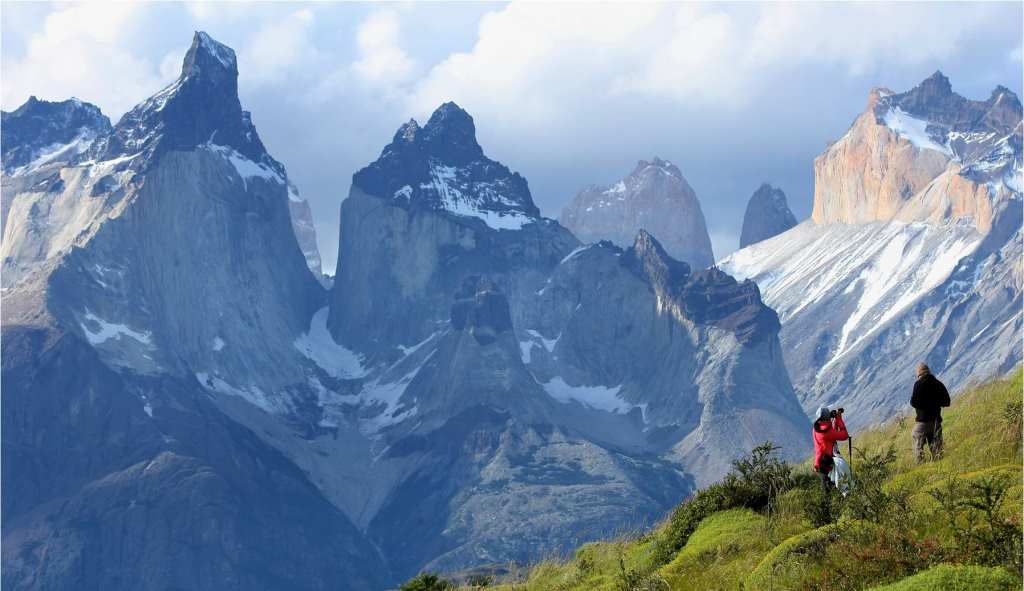This week I went to Patagonia to visit the Andes Mountain Range.
The Andes Mountain Range of western South America is a prime example of a convergent boundary between an oceanic and continental plate. This is the boundary between the Nazca Plate and the South American plate. The Nazca plate is the one going under the other, subducting. Subduction occurs when a denser, thinner plate goes underneath the thicker and less dense continental plate, in this case, South America! Because of this activity, we have these beautiful mountain ranges:
Now, this area is also part of the Pacific ring of fire, a zone of volcanoes! What happens here is that because of the extra material underneath the continental plate, it can cause magma pockets and volcanic activity. All of that volcanic activity has created these impressive mountains. This is a prime example of compressive forces, acting on the western edge of South America. You can tell the entire earth was folded here to create this range, with faults that are responsible for multiple volcanoes.
Now, this area is also part of the Pacific ring of fire, a zone of volcanoes! What happens here is that because of the extra material underneath the continental plate, it can cause magma pockets and volcanic activity. All of that volcanic activity has created these impressive mountains. This is a prime example of compressive forces, acting on the western edge of South America. You can tell the entire earth was folded here to create this range, with faults that are responsible for multiple volcanoes.
These mountains have been developing for a very long time, throughout geological history, but it was during the cretaceous period that the Andes began to take their present form, folding sedimentary and metamorphic rocks. Time, erosion and tectonic stress continue to shape them.
The Andes have a lot of ore and salt deposits, making Chile the top exporter of copper in the world. I enjoyed my visit to Chile

No comments:
Post a Comment